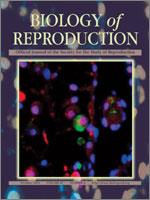
No abstract available
Analysis of the Lysophosphatidic Acid-Generating Enzyme ENPP2 in the Uterus During Pregnancy in Pigs
No abstract available
No abstract available
